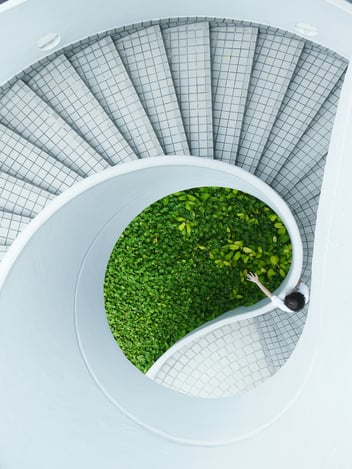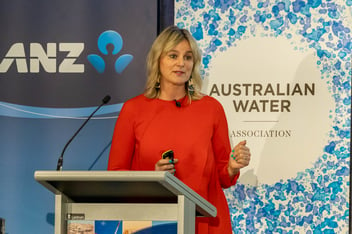Find circular economy opportunities in water
The circular economy model offers a lens through which to view both business principles and practices — with sustainability concerns embedded within its very approach.
While the circular framework is increasingly gaining traction both here in Australia and abroad, its adaptation to water utilities is still in its early stages. The development of a circular baseline framework analysis by Yarra Valley Water and circular economy consultancy Lifecycles is an important first step realising where circular economy opportunities within water utilities businesses lie.
Designing waste out of the system
Jodie Bricout, Manager, Circular Economy, at Lifecycles and an adjunct lecturer at the University of Adelaide, said that there’s often a lot of confusion when it comes to understanding precisely what the circular economy means and entails.
“A circular economy is really about designing waste out of the economic system from go,” said Bricout.
Although term "circular economy" has become more prevalent, it’s not uncommon for it to be used to refer to a part of the circular economy process — such as recycling — rather than the whole framework.
“In Australia, it’s often understood from a recycling element — all of our circular economy policies have come out of recycling, so it’s understandable circular economy is seen as a recycling issue," Bricout said.
"However, it’s more about looking at all of the materials and [everything] that’s in the system and how we optimise that really purposefully to make sure they go around again.”
To understand the various elements that make up the Yarra Valley Water system — and for future relevance to other water utilities — Lifecycles and Yarra Valley Water devised a methodology to establish circular baseline analysis.
“We looked at three different elements for the methodology,” said Bricout.
The first was material flow analysis to assess and visualise the various value streams flowing in the Yarra Valley Water system.
“Material flow analysis is basically understanding what’s moving where, what’s coming in, what’s going out. It sounds really basic, but most businesses have no idea because it’s not a common thing to report against,” said Bricout.
Evaluating impact and circularity to identify opportunities
To make sense of the materials flowing through the system, life cycle assessment (LCA) was undertaken to evaluate the environmental impacts of the flows since “different materials have different values”.
“We used life cycle assessment to translate these flows into how important they are in terms of greenhouse house gas emissions,” said Bricout.
The LCA segmented and modelled three value streams — nutrients, water and materials — with the aim of understanding how they flow through the system.
The final piece of the framework puzzle was adapting the material circularity indicator developed by the Ellen Macarthur Foundation, “an English think tank which is the real leading voice in the circular economy sector”.
“They’ve come up with an indicator that’s basically a ratio between circular flows and linear flows in your system,” Bricout said.
It measures what enters and exits the system as a linear or circular element.
“You get a ratio basically of how linear your system is as a percentage point,” she added.
Bricout gave the example of pipe bedding and measuring the percentage of virgin material (i.e. linear) versus recycled material (i.e. circular).
“But what’s important is it’s looking at what’s coming — not just what’s going out,” she said.
This is especially true given that materials entering a system can be quite long lasting.
Opportunities abound
“Those are the three tools, and what we did is do a benchmark of Yarra Valley Water’s system now,” explained Bricout.
“Then we identified potential opportunities and we articulated and evaluated them, asking what change they would have on these three indicators if we were to implement them.”
Ultimately, establishing this framework paves the way for Yarra Valley Water to forge a new path when it comes to operating a water business.
“It gave us a framework [where] we could look at different actions as well and see how they were going to improve the circularity of water flows, nutrient flows, material flows and what kind of greenhouse gas benefit they’d have,” Bricout said.
Hear more from Jodie Bricout on Day 1 of Ozwater’21 in her presentation ‘A circular baseline analysis framework for water utilities’ and see the models that visualise value stream flows within Yarra Valley Water and learn what opportunities arose from this framework. The event is the largest water conference in the Southern Hemisphere and will be held in Adelaide and online from 4-6 May 2021. Click here to register.



